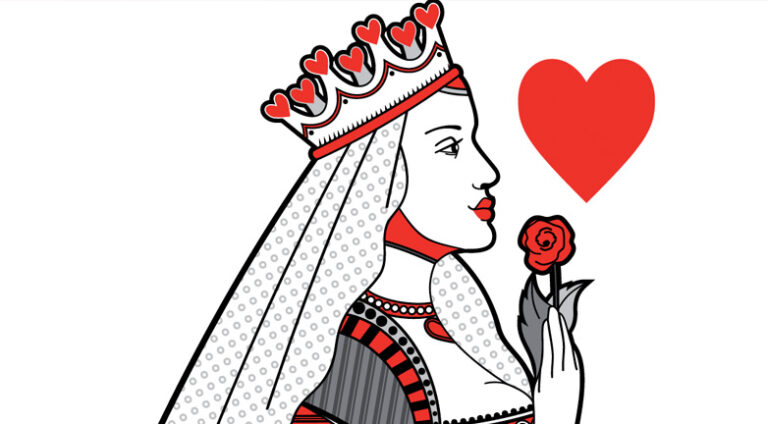The Red Queen hypothesis, inspired by Lewis Carroll’s “Through the Looking-Glass,” proposes an evolutionary arms race where organisms must continually adapt and evolve to survive. This concept has profound implications across biology, ecology, and even in socio-economic contexts. Here, we delve into the details of the Red Queen hypothesis, exploring its origins, applications, and frequently asked questions.
Origins of the Red Queen Hypothesis
The term “Red Queen hypothesis” was coined by evolutionary biologist Leigh Van Valen in 1973, drawing from a passage in Lewis Carroll’s book where the Red Queen tells Alice, “Now, here, you see, it takes all the running you can do, to keep in the same place.” Van Valen applied this metaphor to biological evolution, suggesting that species must constantly evolve just to maintain their relative fitness in a changing environment.
ALSO READ: The Red Queen Hypothesis: An Overview
Key Concepts
- Co-evolution: The Red Queen hypothesis highlights co-evolutionary dynamics where species interact and exert selective pressures on each other. For example, predators and prey may evolve in response to each other’s adaptations.
- Arms race: This hypothesis emphasizes the competitive nature of evolution, where organisms evolve defensive and offensive strategies to outpace their competitors or enemies.
- Environmental change: The Red Queen hypothesis posits that even in a stable environment, competitive pressures and co-evolutionary dynamics force species to continuously evolve.
Applications Across Biology
1. Host-Parasite Co-evolution: Pathogens evolve rapidly to evade host immune responses, prompting hosts to evolve new defenses. This cycle leads to the persistence of both the pathogen and the host.
2. Sexual Selection: Mate choice drives the evolution of exaggerated traits in some species. Individuals must continually evolve more extravagant traits to outcompete rivals and attract mates.
3. Evolutionary Stasis: Some species exhibit stable traits over long periods despite environmental changes, suggesting that the Red Queen dynamics are not universal but context-dependent.
Conclusion
The Red Queen hypothesis provides a compelling framework for understanding the dynamic nature of evolution, where organisms are in a perpetual race to adapt and survive. From microbial interactions to the evolution of complex traits in animals, its principles continue to shape our understanding of how life diversifies and persists in a changing world. As our knowledge of genetics, ecology, and behavior expands, so too does our appreciation of the Red Queen’s enduring relevance in the biological sciences.
Should you wish to explore other topics, head to our main blog. We’ve got more!
Frequently Asked Questions
Is the Red Queen hypothesi’s the same as natural selection?
While related, they are distinct concepts. Natural selection focuses on the differential survival and reproduction of individuals due to heritable traits, whereas the Red Queen hypothesis emphasizes the dynamic interactions and competitive co-evolution between species.
Does the Red Queen hypothesis apply to human evolution?
Yes, in the context of infectious diseases. Human immune systems evolve in response to pathogens, which in turn evolve to infect hosts more effectively.
Can the Red Queen hypothesi’s explain extinction events?
Yes, it suggests that sudden environmental changes or the arrival of new competitors or pathogens can drive rapid evolutionary changes that some species may fail to keep up with, leading to extinction.
Is the Red Queen hypothesi’s universally accepted?
While widely influential, it has also sparked debates. Critics argue that not all evolutionary changes can be explained by continuous arms races, and that other mechanisms such as genetic drift and migration also play significant roles in evolution.

